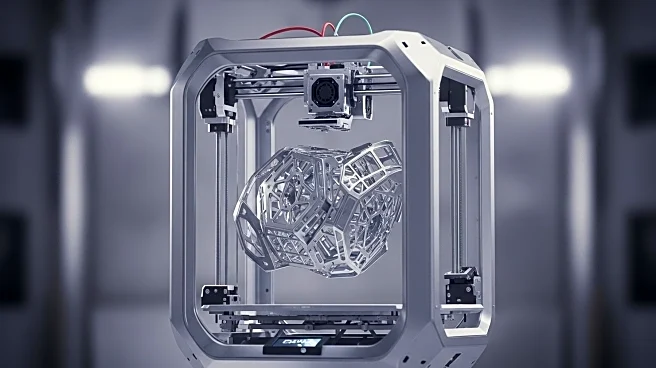What's Happening?
NASA's Engineering and Safety Center (NESC) is conducting a review of silicone-based thermal control coatings used on spacecraft, focusing on ultraviolet (UV) degradation. The study has revealed that bake-out processes play a crucial role in reducing UV-induced discoloration, which affects the absorptivity and emissivity of spacecraft coatings. These properties are vital for maintaining the thermal environment of spacecraft. The investigation aims to resolve variations in UV exposure stability for zinc-oxide silicone coatings, which have shown divergent results in ground testing. The findings suggest that volatiles in the paint, rather than the structural material, are the primary source of degradation.
Why It's Important?
Understanding the degradation of thermal control coatings is essential for the longevity and performance of spacecraft. These coatings protect spacecraft from extreme temperature variations in space, ensuring operational stability. The research could lead to improved coating formulations, enhancing the durability and efficiency of future space missions. The study also highlights the importance of bake-out processes in mitigating UV degradation, which could influence manufacturing practices for aerospace applications.
What's Next?
NASA plans to continue testing ZnO-silicone coatings in various conditions, including space environments, to better predict their performance. The results will inform the development of more resilient coatings for future missions. The ongoing research may also lead to revisions in testing protocols to ensure accurate predictions of flight performance.
Beyond the Headlines
The investigation into thermal control coatings reflects broader challenges in material science and engineering, particularly in extreme environments like space. It underscores the need for continuous innovation in aerospace technology to address unforeseen issues. The study also highlights the collaborative efforts between research institutions and industry to advance space exploration capabilities.










